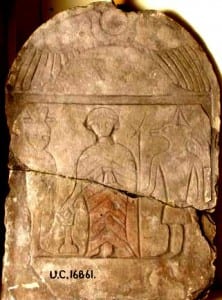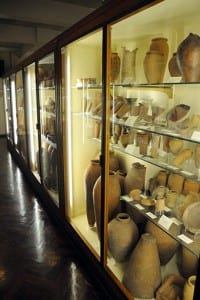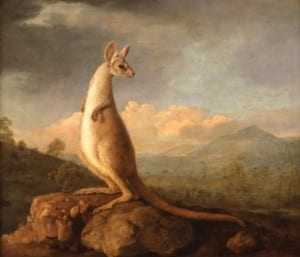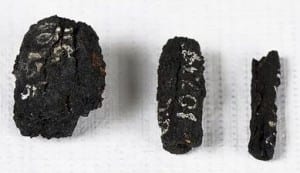Happy 77th Thylacine Day: Culls Against Science
By Jack Ashby, on 7 September 2013
7th September is an incredibly important day in Australia. I’m not talking about the general election. It’s the day, in 1936, that the last known thylacine died of exposure, locked out of its cage in a zoo in Hobart. In Australia, this is marked by National Threatened Species Day. In the Grant Museum, it’s Thylacine Day.

Thylacine: A species that was alive within living memory
Thylacines – the half stripy wolf-shaped marsupials – are a regular feature on this blog because we have a pretty amazing collection of them. Two years ago today I made the point that their deliberate extinction at the hands of a cull promoted by the farming lobby was being echoed by a proposed badger cull here in the UK. In this past month those proposals have become reality, and I’m returning to the story today. (more…)
 Close
Close








